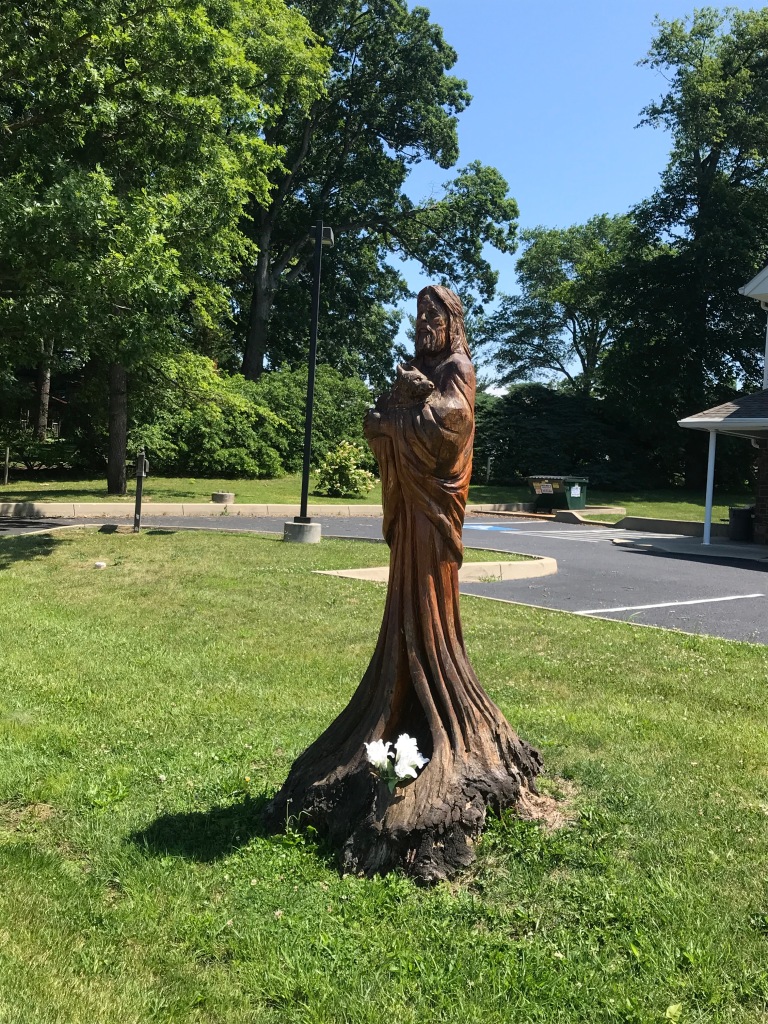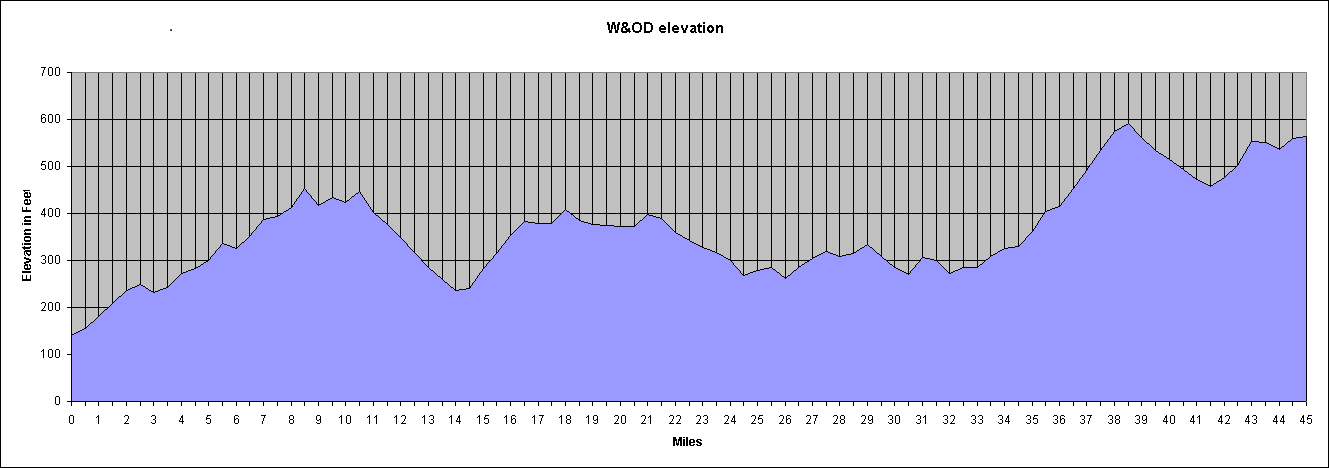I discovered the website Bikewashington.org many, many years ago. It’s especially useful for newcomers to the DC area. Luckily, it’s list of day rides holds a few surprises even for those of us who’ve lived here a long time. And so I found myself doing the North to Gettysburg ride on what started as a splendid early summer day.
The ride starts in Thurmont, Maryland, a small town located not all that far from Camp David, the presidential getaway place. As I began my ride, I saw two Marine helicopters heading in the general direction of DC from the nearby mountains. Melania must be bored.
It was about 70 degrees F with a strong southerly breeze when I started out of town. The old downtown has a few log cabin buildings but this historical quaintness soon gave way to more modern residential houses, farm buildings, and the occasional machine shop as I left town.
The route is specifically designed to avoid the nearby mountains which contain several challenging climbs. Being an old fart with bad knees, I appreciated this aspect. As I headed north on curvy country roads, I couldn’t believe my good fortune. This area is just rural bliss and perfect bike riding. There’s enough variation in the terrain to shake things up a bit without having to go blue in the face and feel fire in the legs from exertion. I’m sure I could have done every one of the short climbs on this ride without using my granny gear, but I decided it would be best to be kind to my worn out left knee.
Yeah, I’m old.

As I approached a turn I saw a sign warning that a bridge over the Monocacy River was out of commission on Bullfrog Road. I was following a paper cue sheet and decided to follow the detour signs. After three miles I came upon Bullfrog Road. Hey, wait a minute. I consulted the Google and learned that the route never actually crossed the Monocacy on Bullfrog, rather it left Bullfrog staying entirely to the west of the river. Doh!
Well, I guess my 46-mile ride had now become a 52-miler but so what? The Mule abides.

After more country roads than John Denver could a guitar neck at, I found myself crossing the Mason Dixon line, the border between Maryland and Pennsylvania. The pavement turned from black to gray but the surface remained bike-friendly. Soon I found myself turning onto a narrow lane into Gettysburg National Battlefield. The route runs along Cemetery Ridge past Little Round Top, Round Top, and the Angle. Tourists and families scrambled about the hillside imagining the Confederate army attacking up the hill into defensive fire from the Union positions. It’s remarkable that they nearly succeeded more than once.

The battlefield is dotted or perhaps I should say strewn with dozens of monuments to Union states and militias and military brass of the day. At the northern end of the ridge I stopped to have a snack before turning south to begin the ride back.

US Business 15 bisects the flat land across which Pickett made his charge. One look at the lay of the land reaffirmed my lifelong disdain for blindly following orders. It’s a miracle his troops didn’t frag him. Instead they died by the score although some momentarily breached the Union defenses at the Angle. The South’s military headcount was vastly outnumbered by the North. That Lee would waste so many soldiers in such an obviously futile assault puts the lie to the notion that he was a superior military commander. Don’t believe me? Go to Gettysburg and see for yourself.
My route turned to the west from the battlefield and then headed south along the western side of the valley. By this time, the lovely morning weather had given way to a typically swampy mid-Atlantic summer day. The terrain seemed hillier but increase in effort may have been caused by the headwind that was wearing me down.
More hills and curves and farms and cows. Even a longhorn. I startled a yearling deer crossing the road. It turned tail into the roadside bushes. A little further on a hedgehog did a u-ey and waddled under a barn. At least the wildlife has some pep yet, I thought.
I rolled into Emmitsburg on the Maryland side of the border and, after missing a turn, found myself cruising through Mount Saint Mary’s College campus. The campus is situated along US 15, a four lane divided highway. But for this misfortune, the campus would get an enthusiastic thumbs up from me. It’s stone buildings practically intoned Catholic academia. It’s metal sided gym, really an oversized quonset hut, somehow amusingly fit in. The seminary building to the rear up a hill was the crown jewel.
Another ten miles or so to go. Up and down and around. I was running out of energy, a peanut butter bagel apparently being enough for 46 miles but not for 52.
After crossing US 15, I followed the windy (in both senses of the word) country roads to the final payoff, a covered bridge over Owens Creek. Why the heck did these things even exist? No matter, they are charming and, as long as you don’t catch a wheel in the gap in the boards, they are a treat to ride through.

Back into Thurmont an annoyed driver honked his horn at me as I passed him. I pointed to the stop sign that he was about to ignore and successfully shamed him. To prove my point the route had me follow him through town. His impatience was accomplishing nothing but raising his blood pressure.
If you live in DC, I highly recommend this ride, without the unnecessary detour. I must admit that I resisted taking pictures otherwise I’d still be out there riding. It’s beautiful country.
























